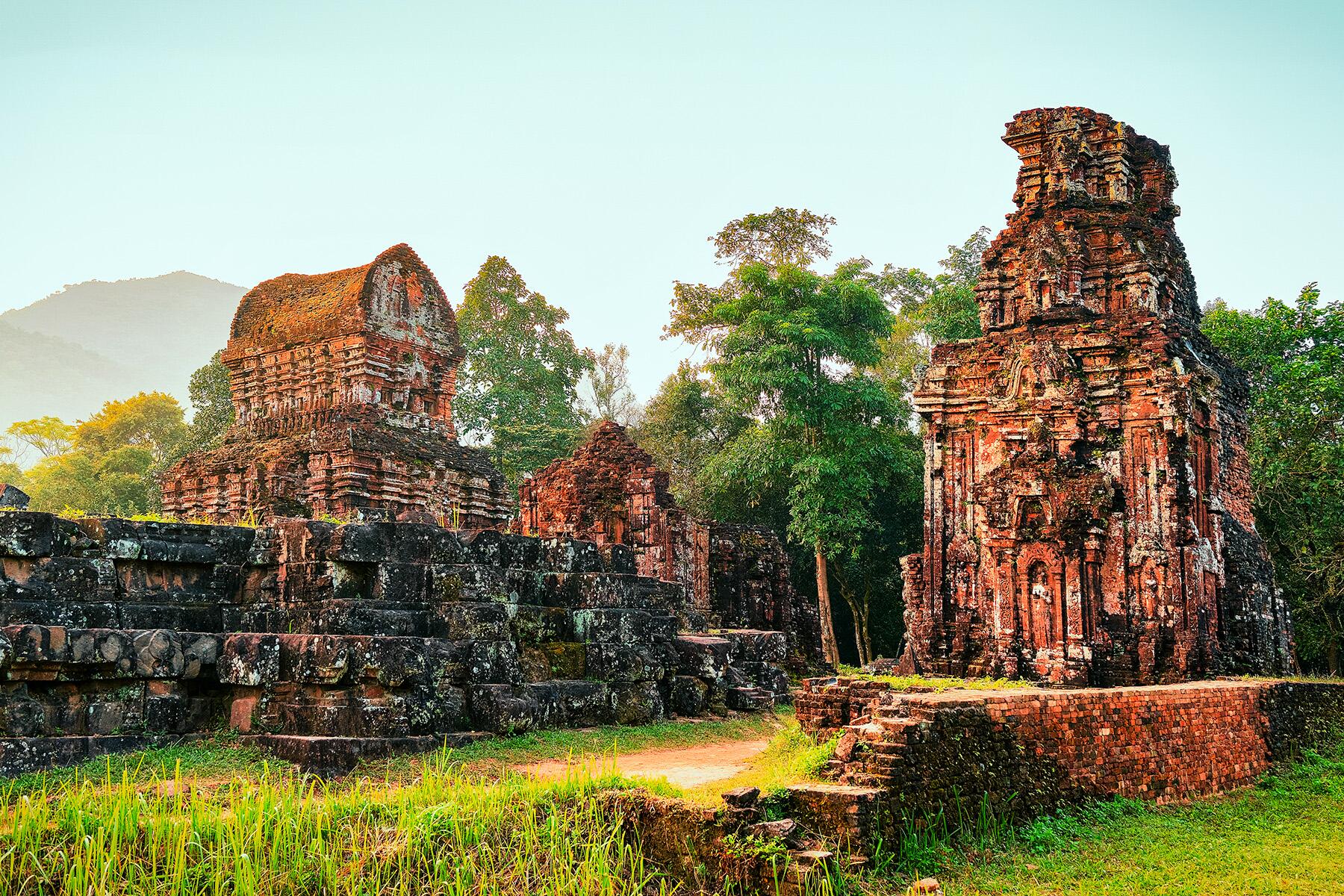“I laid down in the street in a coffin-sized hole and wouldn’t move until they agreed not to tear up those bricks.” - Dorris Ellis-Robinson, Founder of the Freedmen’s Town Preservation Coalition.
Many people are just now learning about the harrowing history of the Tulsa massacres that took place a century ago, in Tulsa, Oklahoma. On June 1, 1921, Greenwood, an all-Black neighborhood in Tulsa known as “Black Wall Street”, was looted and burned to the ground by a white mob. This area was thriving with wealthy Black inhabitants and successful businesses. However, on that fateful day in June, it was all shattered and reduced to ash when mobsters indiscriminately shot Black people in the streets, burned businesses, and bombed the city from above with weapons and planes provided by the city’s law enforcement. An estimated 80 to 300 people lost their lives, an additional 800 were injured, 9,000 people lost their homes, and a community was forever changed.
Due to its tragic past, Greenwood may be the most notably recognized neighborhood of a Black community pulling itself up by the bootstraps and creating their own wealth, opportunities, and economic empowerment; however, it is not the only home to a Black Wall Street. There was also Jackson Ward, in Richmond, Virginia; Parrish Street in Durham, North Carolina; and the Fourth Avenue District in Birmingham, Alabama. However, one of the older yet ironically lesser-known Black Wall Street neighborhoods is Freedmen’s Town in Houston, Texas.
Recommended Fodor’s Video

Freedmen’s Town, also known as the “Mother Ward” in Fourth Ward Houston, was a community built by formerly enslaved people in the late 19th and 20th centuries. This once 40-block, prosperous neighborhood, inhabited by Black residents is the nation’s only remaining post-Civil War historic district built by freedmen.
I got the opportunity to visit this historic town. As I walked through what was considered Houston’s Black Wall Street and listened to Zion Escobar, the first Executive Director of the Houston Freedmen’s Town Conservancy (HFTC), recount the fascinating stories, legacies, and history of Freedmen’s Town, I could visualize what once was. I could envision Bethel Baptist Church, one of the oldest churches in the community, filled pews of churchgoers in their Sunday best, while the sounds of their praise and worship ring in the streets outside. Now, after several structural damages including two fires, all that remains is the frame that has been restored and repurposed as a city park.

I could imagine the Yates Printing Company, one of Houston’s first Black printing businesses, churning out books and business cards for Black entrepreneurs; and patrons sitting outside the barbershop, talking about the latest news as they received a haircut. I could visualize what once was a thriving business community that included teachers, doctors, lawyers, artists, blacksmiths, and bricksmen.

Freedmen’s Town roots aren’t just planted in Houston, they extend to countries like Mexico as well. People would come from the Underground Railroad out of Freedmen’s Town and escape to Mexico. They knew Freedmen’s Town was a safe haven for freedom seekers and a hub for professionals like lawyers and others who could help them navigate the journey. Though Freedmen’s Town was primarily a Black neighborhood, it was also home to other ethnic groups who were often ostracized by society like Italians, Jews, Vietnamese, and Prussians. “This was the only place where people who were not allowed to be elsewhere could come, live, build a life and be economically prosperous,” according to Escobar.
“Everything that African-Americans have achieved in this country has come through persistence. You just can’t stop. One generation may die, but the other one must pick it up and carry it on.”
Though only a mere 50 structures out of some 568 original structures remain standing, the soul of Freedmen’s Town can still be felt, and that is what people like Zion Escobar and Dorris Ellis-Robinson, the Founder of the Freedmen’s Town Preservation Coalition, are trying to preserve. Escobar said, “It [Freedmen’s Town] has always been fighting this battle to exist, and these pieces that are left are proof that in some way the culture and the story has survived.”
To help preserve this history, Ellis-Robinson took drastic measures by physically lying down in the middle of the street in a coffin-sized hole to stop the uprooting of historic bricks that line the roads of Freedmen’s Town. She refused to move until they agreed to leave the bricks alone because, as she stated, “Our past cannot continue to be erased”.
Resistance comes in many forms; sometimes it’s in the form of peaceful protests, sometimes it’s in the form of choosing joy in a world built to see you fail, and sometimes it’s in the form of lying in the middle of the street to prevent contractors from ripping out 100+ years worth of history.
Despite the efforts of organizations like the Freedmen’s Town Conservancy and Freedmen’s Town Preservation Coalition, the struggle continues to get the word out about Freedmen’s Town and to preserve its history and prevent gentrification. But Ellis-Robinson believes persistence will prevail. “Everything that African-Americans have achieved in this country has come through persistence. You just can’t stop. One generation may die, but the other one must pick it up and carry it on.”
What’s in the Future for Freedmen’s Town?

Freedmen’s Town is currently working on several projects to preserve historical structures, including row houses that are an iconic feature in Houston’s Freedmen’s Town and historic Third Ward. Virtual walking tours and an app are also soon to come. Perhaps the biggest endeavor is being a part of the proposed 51-mile Emancipation National Historic Trail from Galveston that will highlight iconic cultural landmarks in the area.
It is the hope that Freedmen’s Town will “become a tourist area whereby one can see the past and how it has blended with the present, and where it is target for the future,” according to Ellis-Robinson.
Escobar states, “We’re trying to make sure that it [Freedmen’s Town] does [survive] so that I’m not standing in front of it with you and I’m not just looking at it, but showing you a picture. You’re on an experience. You have an app. You’re able to look it up and have an interactive experience, and learn about all the sites, even before you come, if you wanted.”
She would also like to see artisans and hip, cool culture there because that’s what was there before. After all, Freedmen’s Town was once heralded the “Harlem of the South”.




